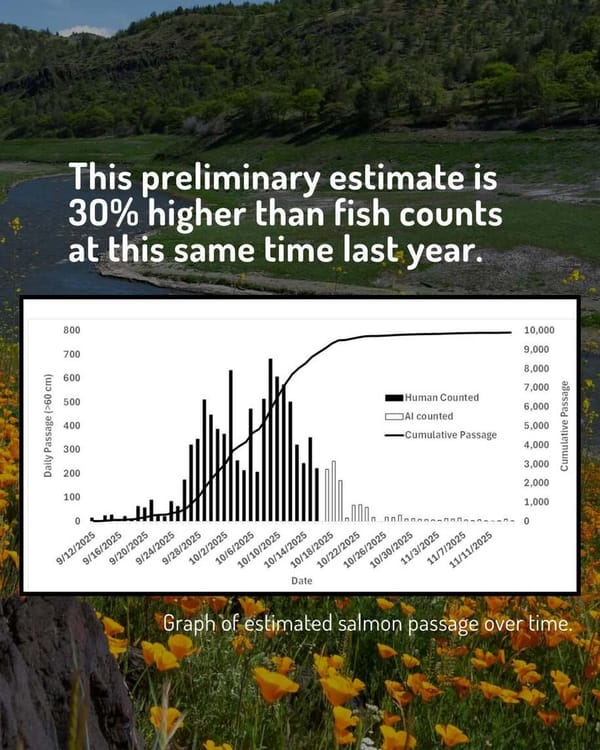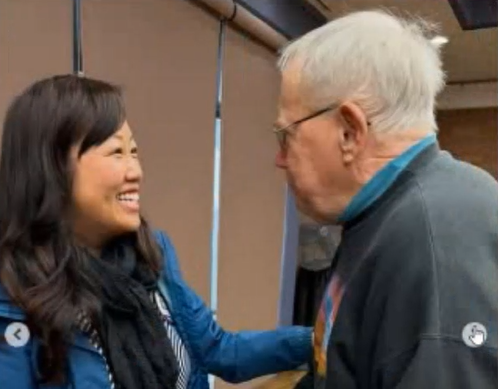Environmental groups ask Sacramento County to halt Upper Westside annexation; builders say the plan is key to easing housing crunch
"This proposal is just about developers making a profit.”

"This proposal is just about developers making a profit.”


To enhance the passenger experience during the busy season, travelers will find several new dining options across the terminals.

This preliminary estimate is 30 percent higher than the group’s fish counts at this same time last year

Dr. Bains contends that the media frenzy surrounding the Singh case has been weaponized to justify broad regulatory attacks on all Indian drivers.

Last weekend, Vang took her campaign to El Dorado Hills. This weekend, she visited Lodi, in San Joaquin County.